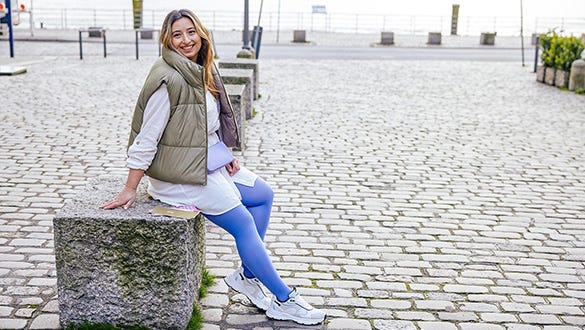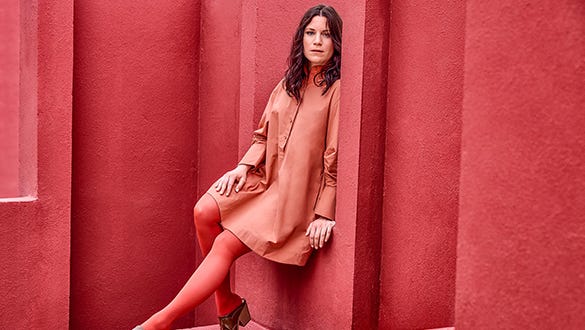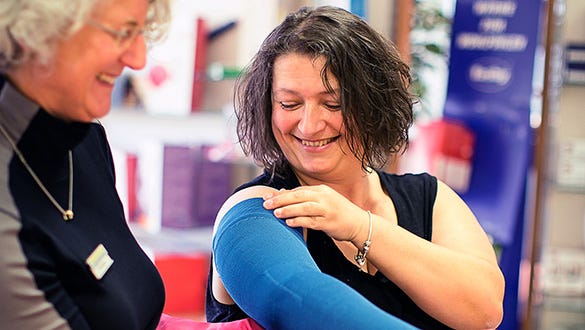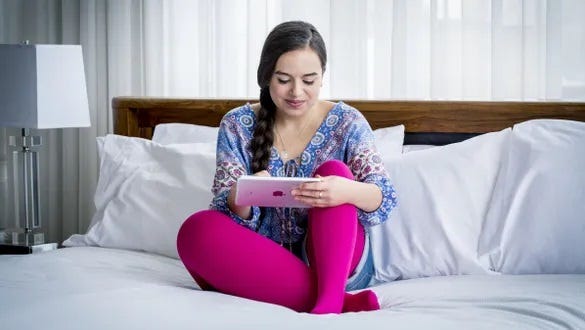- Free First Class Delivery
- Buyer Protection
- Secure Online Shopping
- Healthcare Professional? Click here
Wrist pain
Sprain, tenosynovitis and wear – the causes of wrist pain are varied. It is felt when the wrist is leaned on, gripped and rotated – on either side. The type of pain and treatment options differ. Get an overview of “wrist pain”.
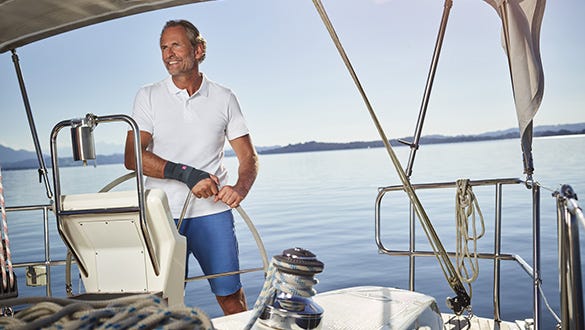

Categories
What is manual lymph drainage?
Lymph drainage is a special type of medical massage. The transport of the lymphatic fluid in the lymph vessels is stimulated by gentle manipulation techniques.
It is a component of the complex decongestion therapy (CDT) for treating lymphoedema and lipoedema patients. It is also used after severe orthopaedic injuries or operations to reduce symptoms such as swelling and pain.
Legs and arms: Most frequent areas of application of lymph drainage
Manual lymph drainage causes the decongestion of tissue and the acceleration of lymph flow. The arms and legs are most frequently affected. However, the trunk, the neck and head area or the genital area can also be affected by lymphoedema.
Manual lymph drainage has more positive effects: Patients often find the treatment pleasant and relaxing due to the even and gentle movements.
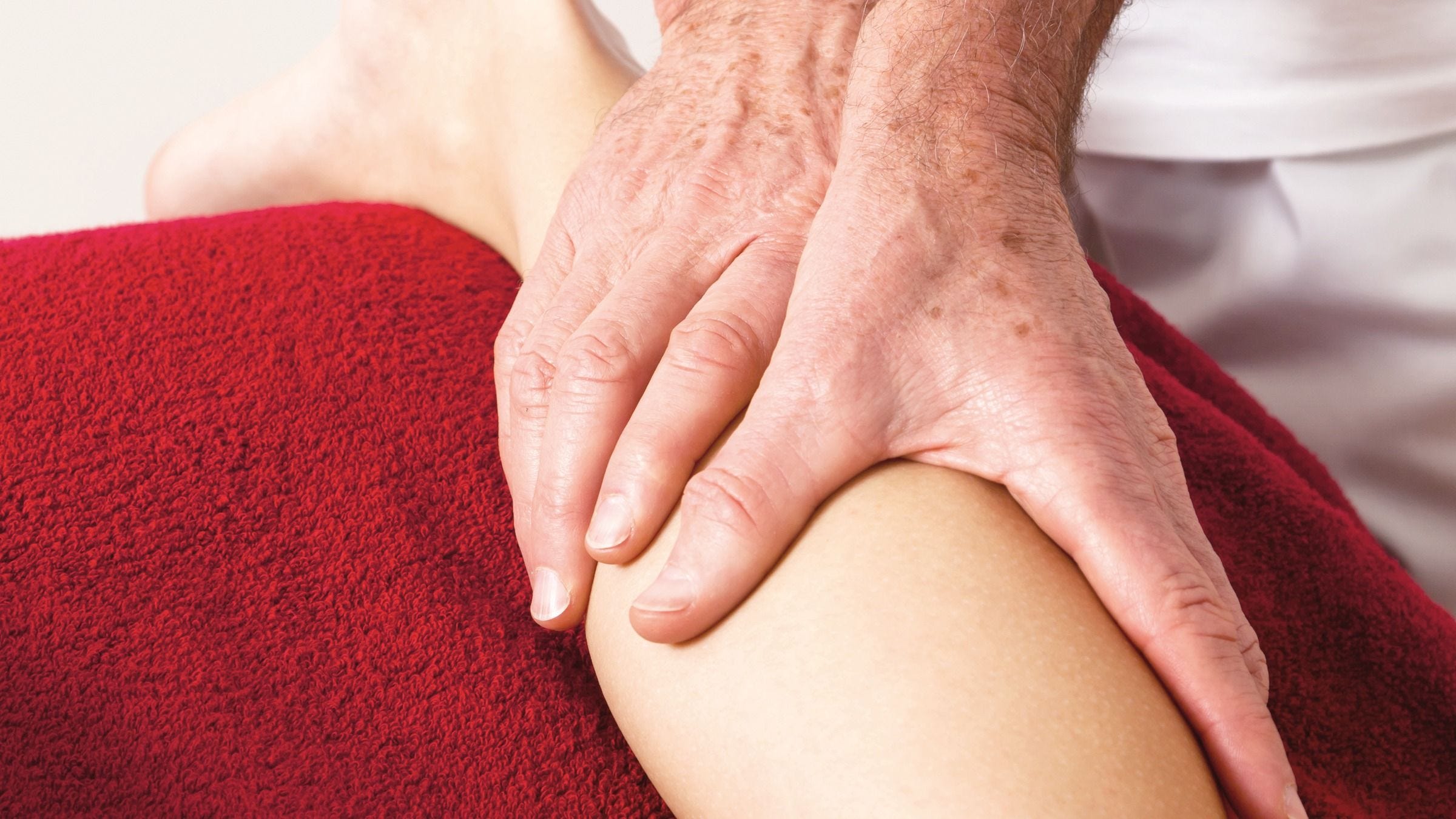

Manual lymph drainage during pregnancy
Manual lymph drainage is a gentle treatment method. If medically necessary, it can usually also be performed during pregnancy. The therapist adjusts the therapy to the pregnancy and avoids deep abdominal treatment.
Contraindications for manual lymph drainage
There are various diseases – such as thromboses or heart failure – for which lymphatic drainage may not be carried out or should only be carried out under certain precautions. Please ask your doctor whether you have any contraindications for manual lymph drainage.
What does manual lymph drainage cost and which doctor prescribes it?
Your doctor, for example a GP, lymphologist or dermatologist, can issue a prescription for manual lymph drainage as a remedy for medical necessity. Therapy costs are covered by health insurance. The patient only has to pay the statutory additional payment. In accordance with § 61 SGB V, this amounts to 10% of the costs of therapeutic products and 10 Euros per prescription.
Who performs lymph drainage?
A physiotherapist with special additional training as a lymph therapist or a medical masseur with appropriate additional trainingmay perform manual lymph drainage.
What must I consider before and after manual lymph drainage?
- Lymph drainage stimulates lymph flow and therefore, urine production. You should therefore go to the toilet before lymph drainage to empty your bladder.
- The areas to be treated should be free of clothing. Generally, the neck, trunk and the affected extremity are treated.
- After MLD, the arm or leg must be bandaged or fitted with a medical compression stocking to achieve the desired result.
- Many patients feel tired after MLD. Rest after treatment.
- Ensure that you drink enough, e.g. water or tea.
- Moderate exercise, such as walking, is recommended to maximise the effects of MLD.
- As an oedema patient, you should generally avoid tight and restrictive clothing.
The technique: how the therapist performs manual lymph drainage
With MLD, the therapist systematically clears the drainage channels. Several body regions are treated in order to activate different areas of the lymphatic system. It usually starts at the neck. They then treat the trunk and then the affected leg or arm.
With special manipulation techniques according to the respective body region, the therapist stimulates the absorption of accumulated fluid from the tissue into the lymphatic vessel system:
Circles, pumps, turns, scoops – the typical basic techniques
Standing circle
Standing circles: The therapist makes gently circling movements with outstretched hands. This moves the skin surface and stimulates lymph drainage.The therapist exerts stronger pressure in the direction of lymph drainage and eases when returning to the starting position.
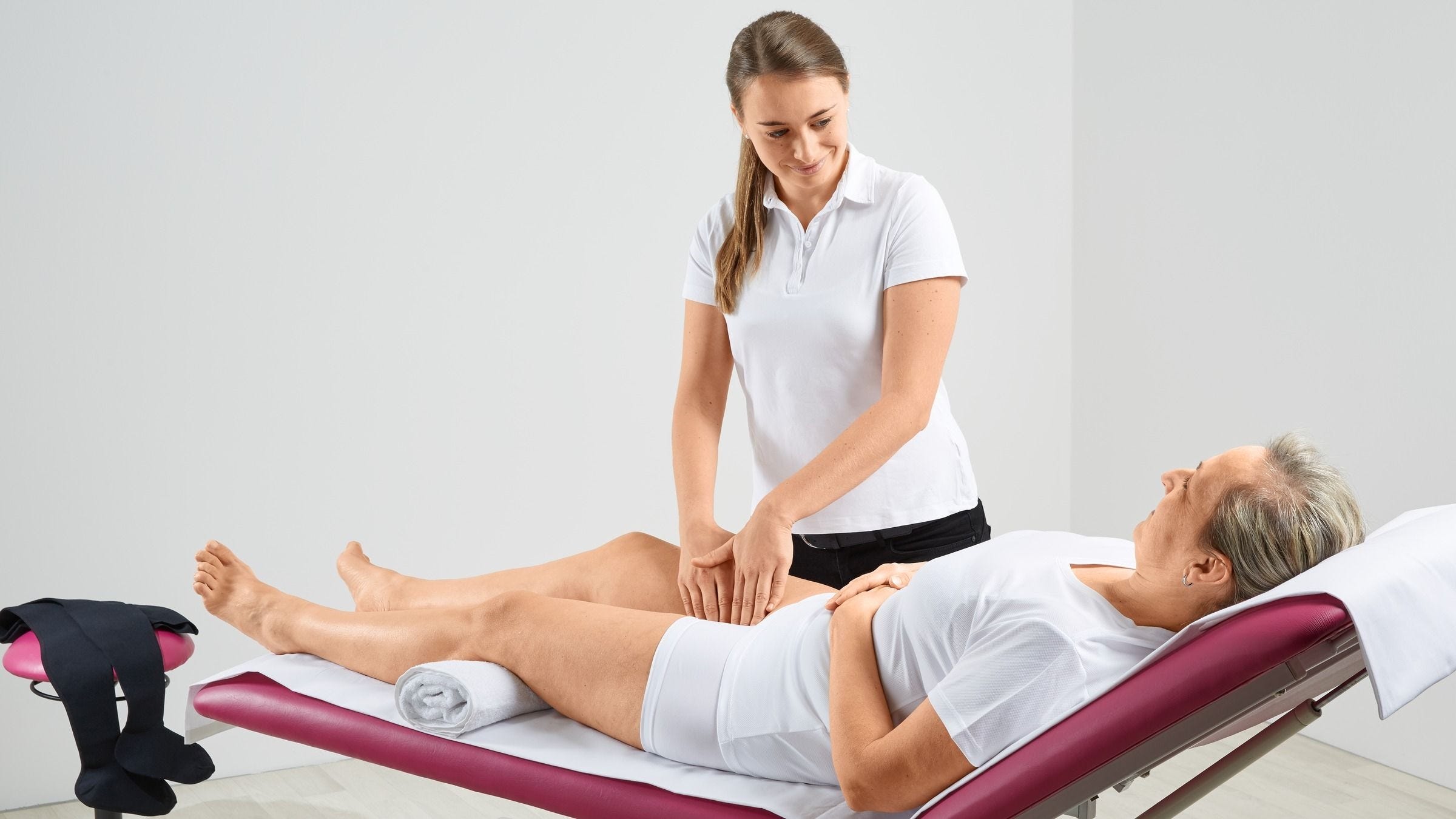

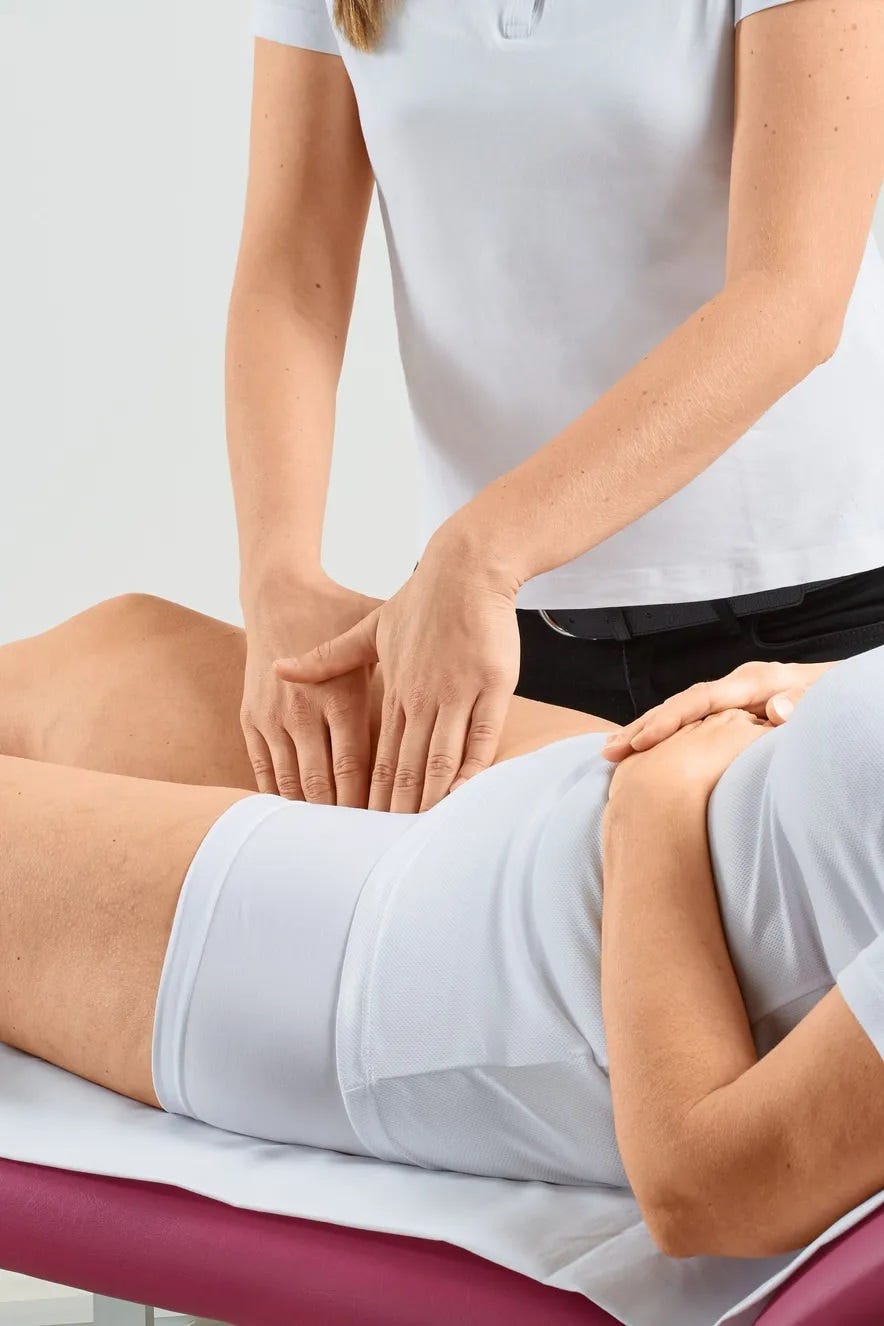

Pump technique
With the pump technique, the therapist places the palm of his hand on the patient's leg or arm to be treated. With interlocking crosswise and lengthwise thrust movements, the lymph is first "pumped" in the direction of flow with the balls of thumb and fingers, then with extensive contact of the palm of the hand.
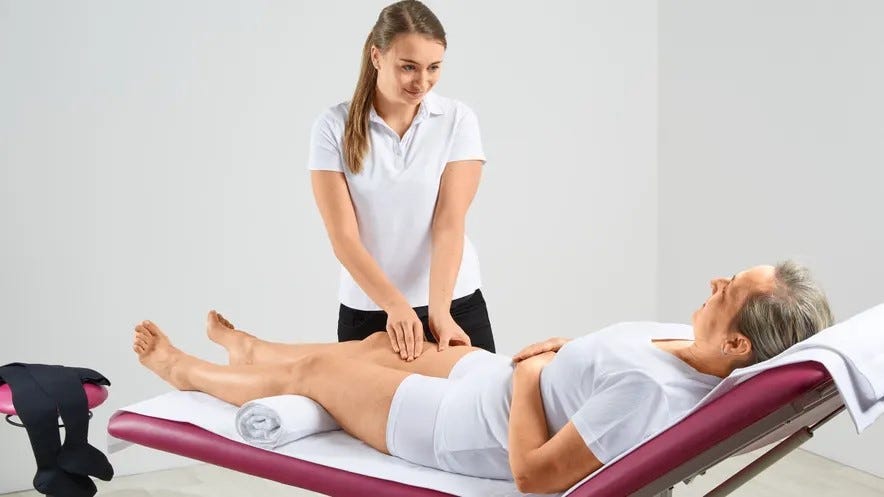

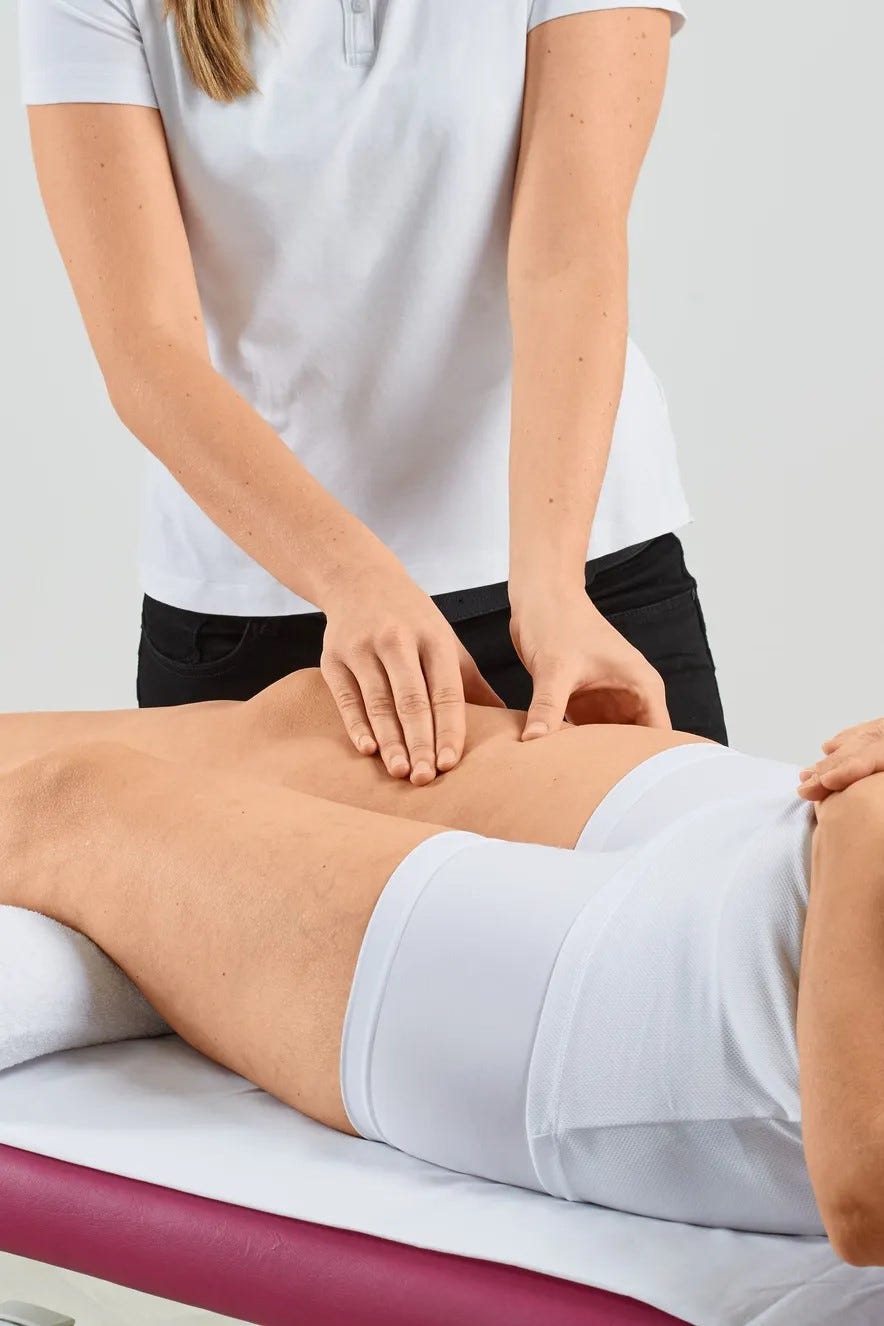

Twist technique
The twist technique is used on flat surfaces of the body, such as the back, and is usually performed with both hands. With this technique, the entire palm of the hand gently shifts the underlying fluid in the tissue in circular movements.
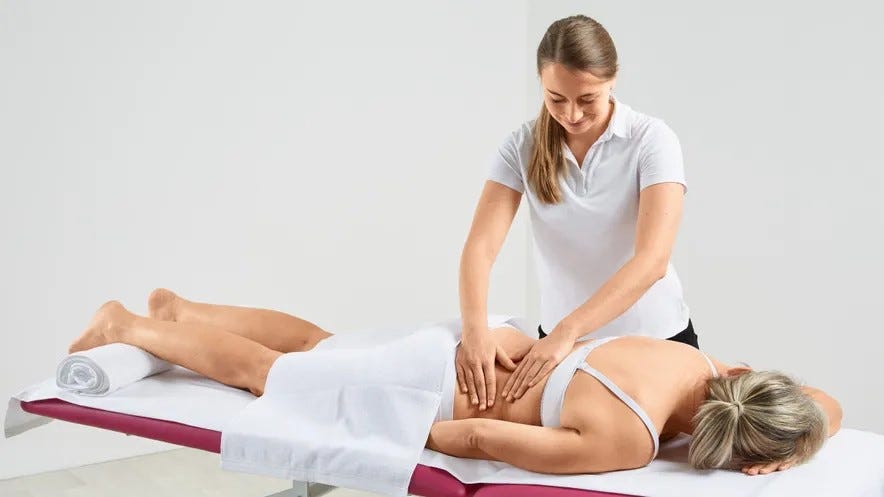

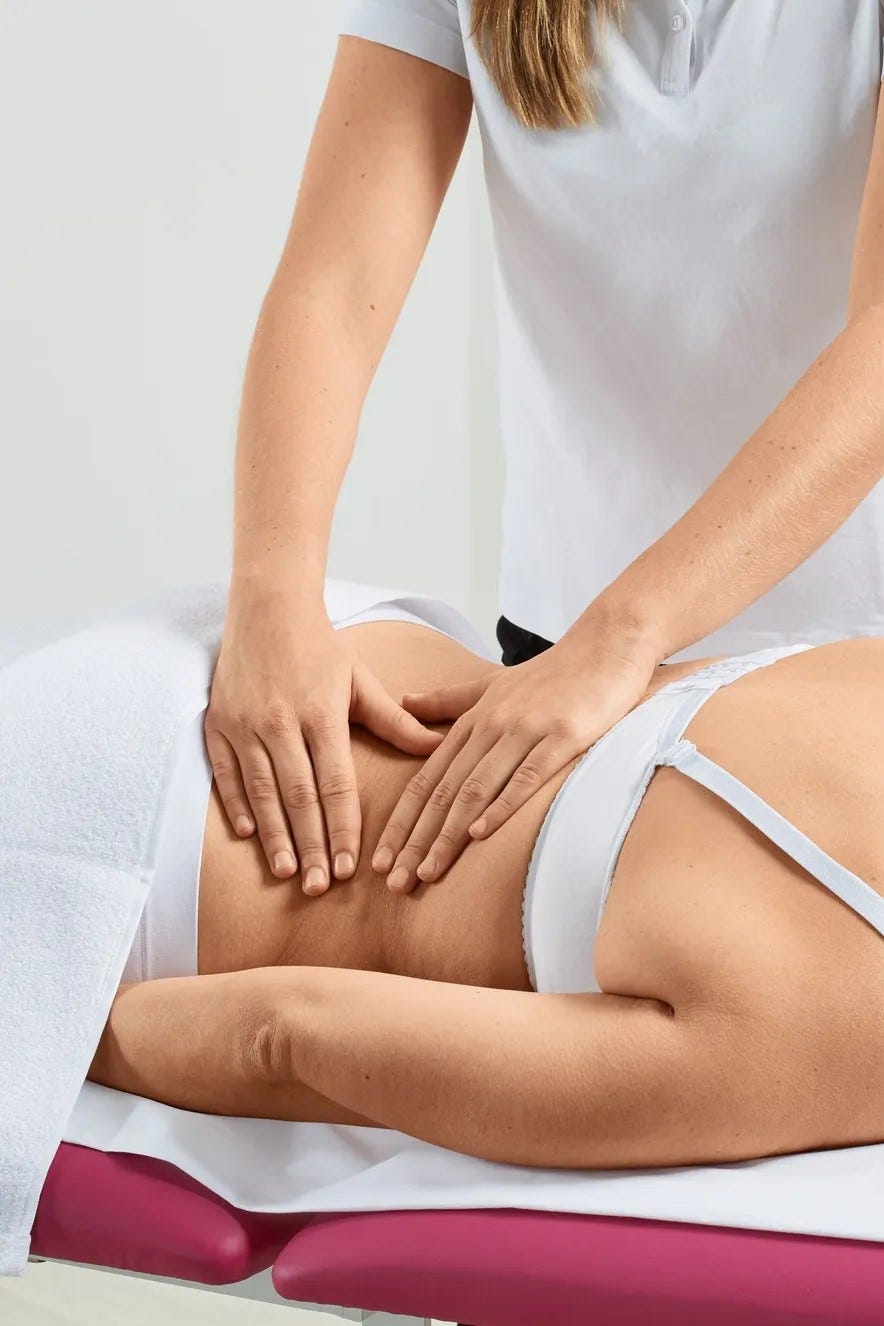

Scoop technique
Scoop technique: With the special technique, the therapist executes a scooping movement with the flat hand, first with a crosswise and then with a lengthwise thrust.
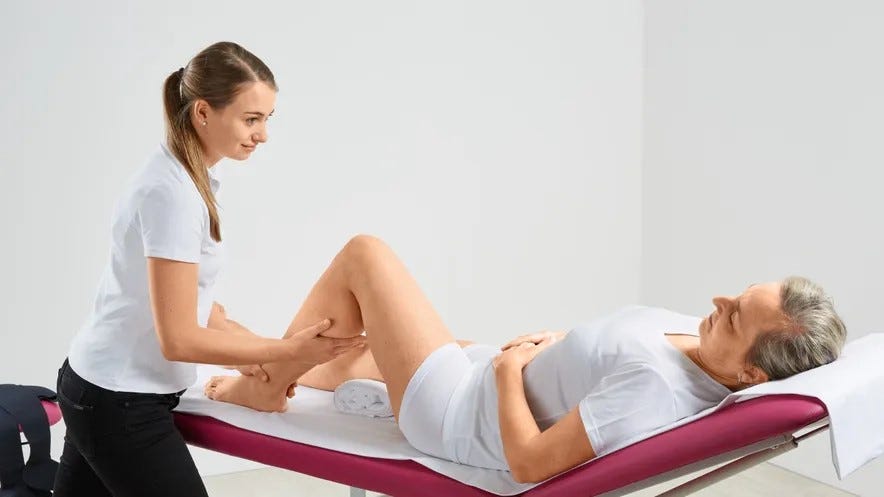

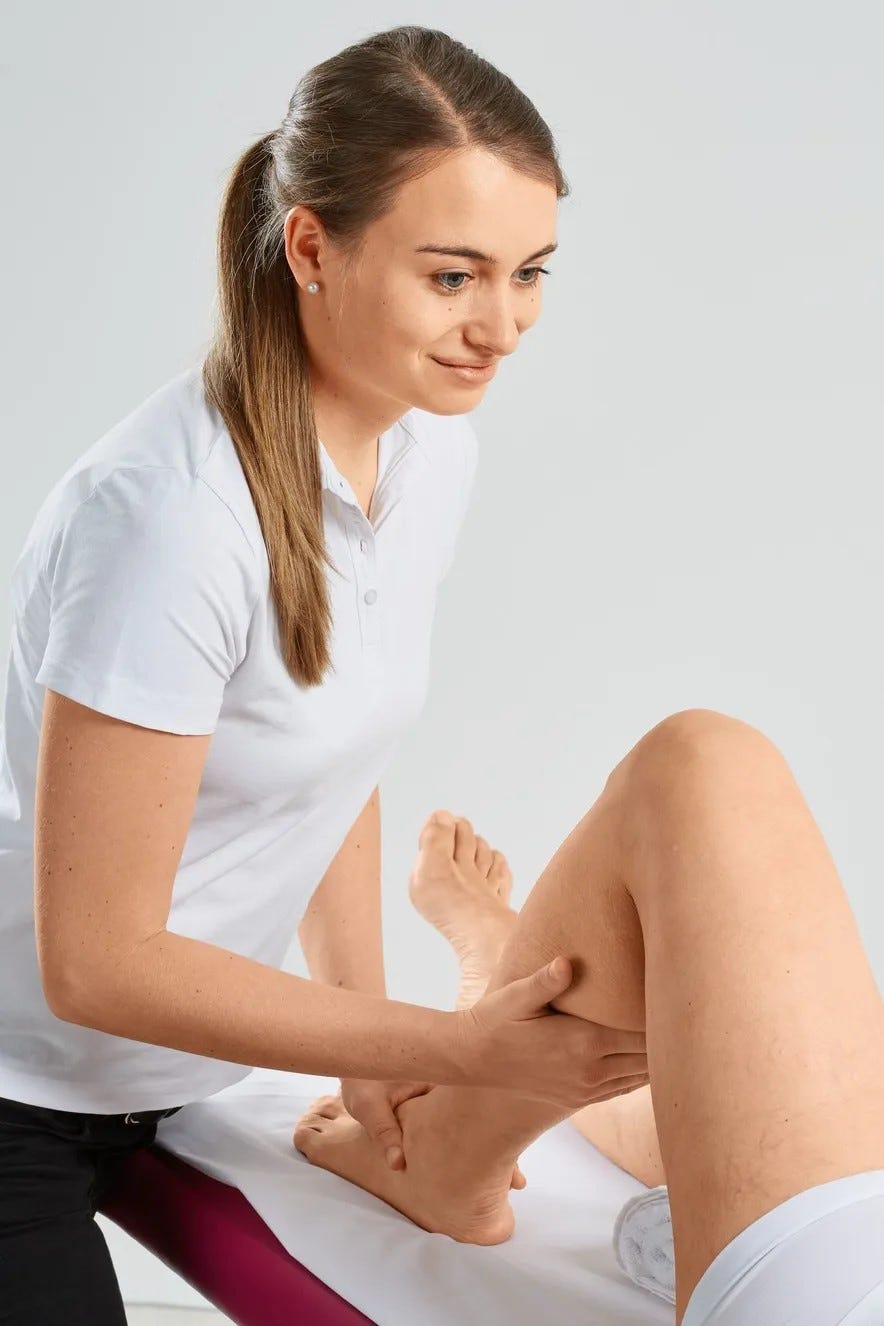

Techniques for a manifest (hardened) lymphoedema
Lymphoedema is a protein-rich, generally pain-free oedema. The proteins make the swelling firmer as the disease progresses. The protein-rich swellings also deepen the natural skin folds on the joints over time. Therefore, in patients suffering from manifested lymphoedema, further manipulation is necessary to mobilise the protein-rich fluid in the tissue. When performing these techniques, the therapist adjusts the treatment to the consistency of the tissue – the firmer the oedema, the greater the pressure:
Another form of treatment: liposuction
Another form of treatment is liposuction. Pitting may form in the skin after this procedure. However, this is largely prevented by special compression garments. You should ask your doctor whether liposuction is advisable for you before going ahead.
Summary: if your legs, hips or bottom are growing, don't just think about dieting. Ask your GP (or a phlebologist) whether you may have lipoedema. If you do, follow his treatment recommendations and play sports – but please always with compression. Make sure you eat a healthy, balanced diet. This will keep you fit and on your feet – even with lipoedema.
Ring-shaped oedema grip
With the ring-shaped oedema grip, the therapist places the thumbs and index fingers of both hands like a ring around the leg or arm. They build up pressure by slowly narrowing the ring until the fingers sink into the swelling.
Large loosening technique
The large loosening technique is designed in the same way as the pump technique. Both hands carry out the movement simultaneously. It is performed more slowly, but with more pressure. The aim is to soften the oedema.
Large shifting grip
With the large shifting grip, both hands lie flat and slightly apart on the skin surface. The thumbs are slightly spread apart with the tips of the thumbs touching. The therapist gently lifts the tissue with a slight movement of the hands towards each other and pushes it towards the fingertips. This causes the fluid in the tissue to shift. To do this, the oedema must already be soft.
What is the difference to a massage?
Generally, classical massages aim to release muscle tension, improve blood circulation and relieve pain. Lymph drainage, on the other hand, does not involve “kneading”. With the special MLD techniques, the therapist stimulates the lymph flow by stretching the skin and tissue. Unlike massage, manual lymph drainage is not intended to stimulate blood circulation.
How often and how long is manual lymph drainage performed?
The doctor will determine the duration of treatment depending on the severity of the disease. MLD varies between 30, 45 and 60 minutes.
The frequency of MDL depends on the therapy phase. During the decongestive phase it is usually performed daily. In the maintenance phase, the frequency depends on the diagnosis – usually once or twice a week.
Medical compression ensures the result of lymph drainage
In order to maintain the therapeutic result of manual lymph drainage – the reduction of oedema – it must be immediately followed by medical compression therapy on the leg or arm:
- During decongestion, a bandage is applied in order to be able to adapt the compression to the reduction in circumference on a daily basis.
- Flat-knitted medical compression stockings are usually used for long-term care.
Movement activates and increases the outflow of lymph fluid
Compression and movement effectively stimulate the lymph flow. Put together an individual exercise programme with your therapist: depending on the patient, walks, Nordic walking, cycling or moderate strength training are just a few of the possibilities to support therapy.
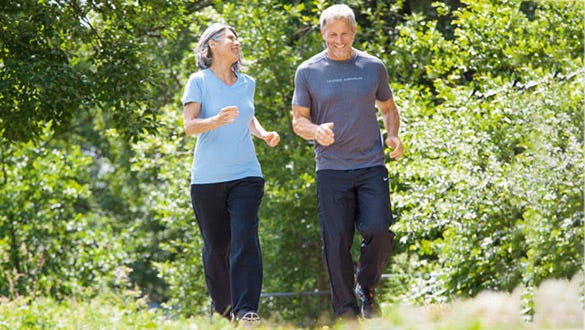

Can and may a patient perform lymph drainage independently?
In manual lymph drainage, the whole body is systematically treated with special techniques. Therefore, self-treatment is not possible.
However, under the guidance of the therapist, patients can stimulate the lymphatic system with breathing and movement exercises, for example, and support it with physical activity.
Additional information
- How to find a lymph therapist in your area
Search for a lymph therapist online or in the telephone book. These are generally physiotherapists who have completed additional training as lymph therapists. Also inquire (e.g. with your doctor) about regional lymph networks: This is where doctors, therapists and specialist medical dealers with a focus on lymphatic diseases join forces. - Self-help groups: share experiences with other patients
Use the offer of regional self-help groups. Communicating with other affected people is very helpful in dealing with the disease. Share experiences and accomplish something together. - Experiences: inspiring patient stories
Be inspired by other lymphoedema patients: Learn how to deal with your illness and cope with everyday life.
